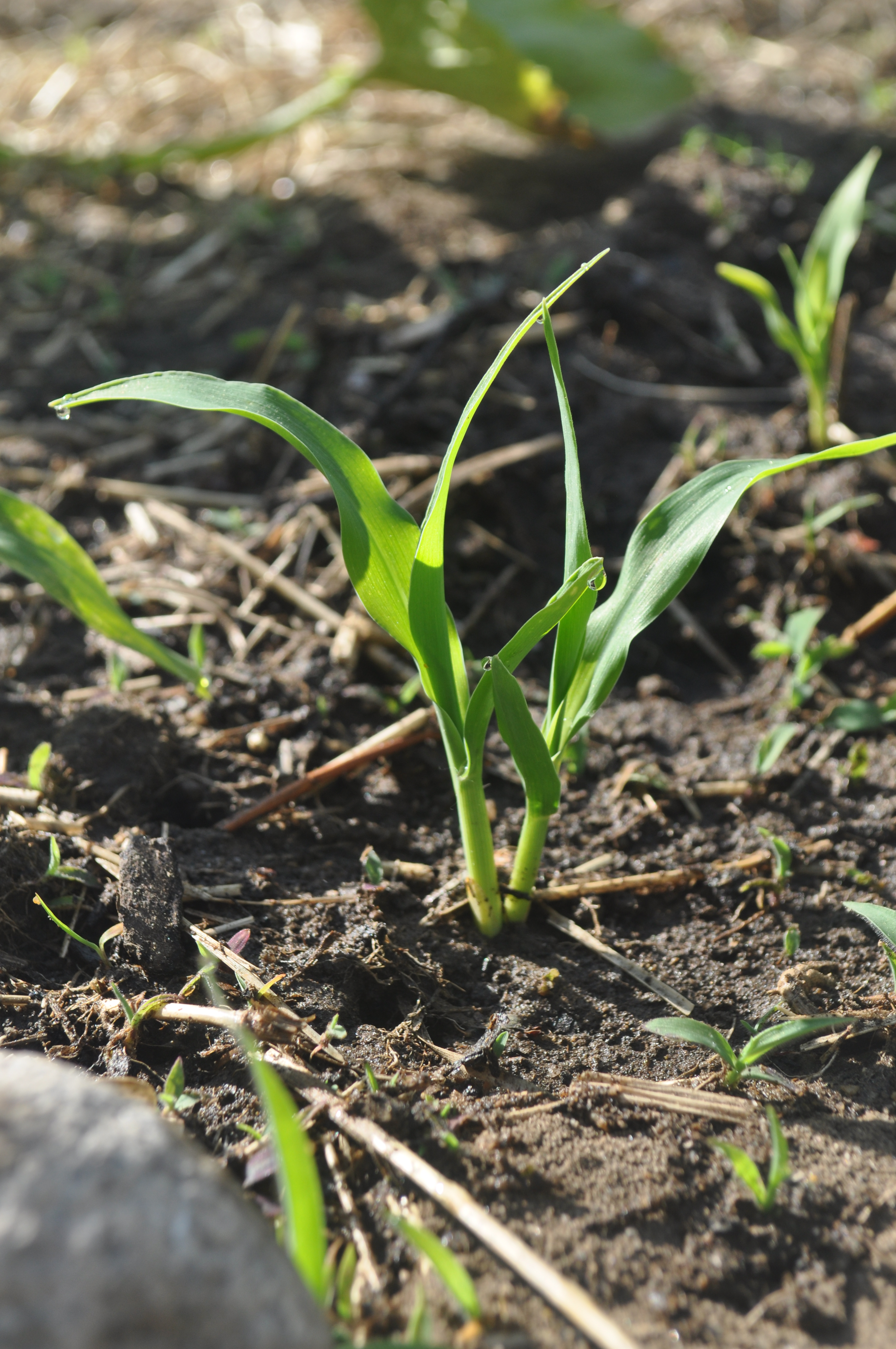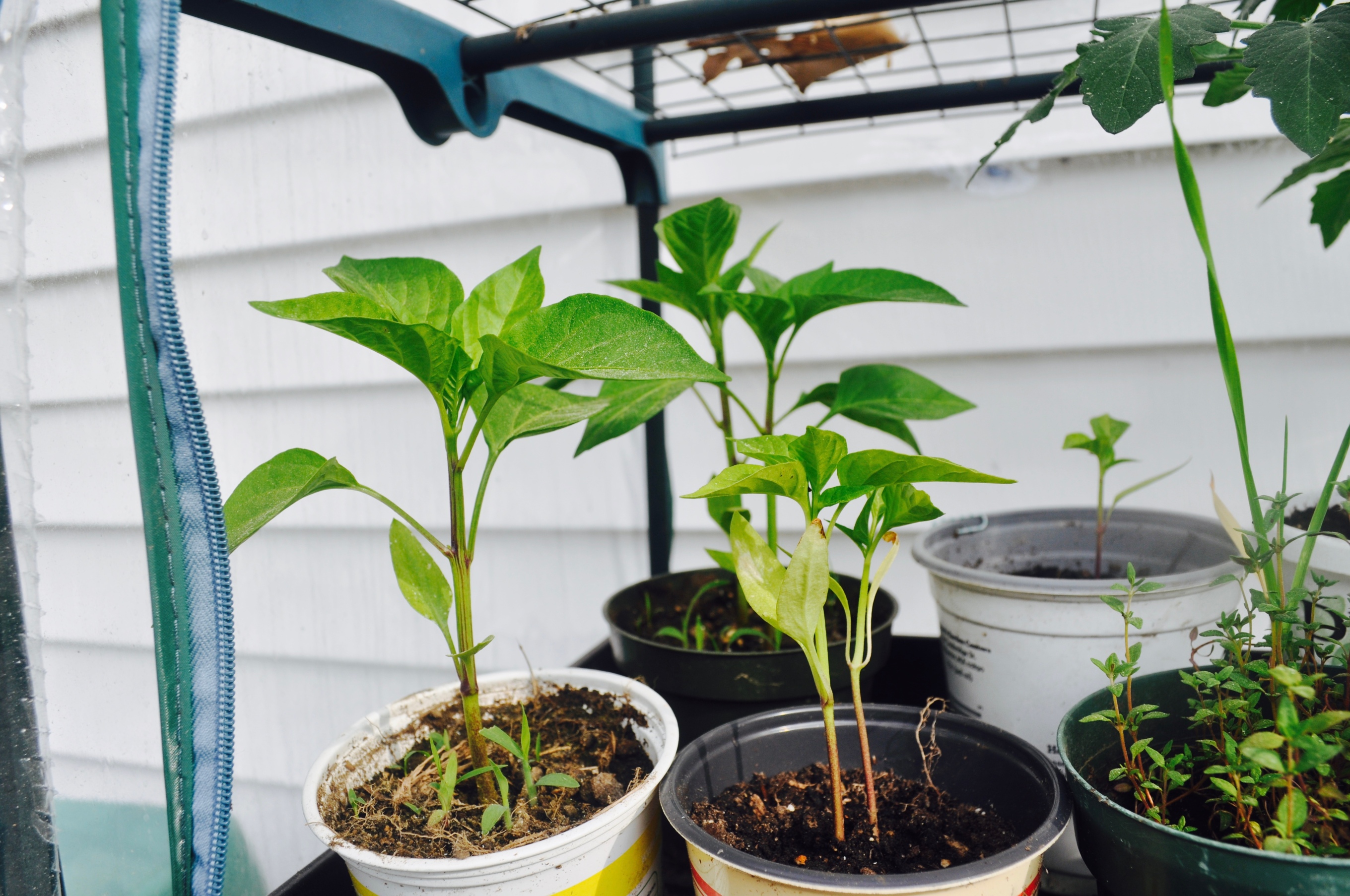Practicing Patience: Gardening and Writing
Practicing Patience: Gardening and Writing
By Sara Codair
As you may know from my previous posts, patience is something I struggle with. Sometimes, I’ve wondered if my lack of patience was going to prevent me from succeeding in the writing world. I wrote about this struggle, and how it can be both a gift and a curse, in recent post on The Muffin.
Just last night, I submitted a second draft of a story and felt sick after hitting the submit button. My instincts were telling me I should have let the story rest and revised it more before sending it out. Especially since on Monday, a story that had been revised and rejected more than ten times was accepted to an anthology called After Lines. I had to wait 59 days for a response, but in the end, it was worth it.
I know I need to be more patient, so during the summer while I have the time off from teaching, I try to do things slowly to teach myself to be patient. One way I do this is with my garden.
Watering
 Unless it rains, I water the vegetables every morning. I don’t use a hose or sprinkler. I do it by hand with a single watering can that I fill from a rain barely.
Unless it rains, I water the vegetables every morning. I don’t use a hose or sprinkler. I do it by hand with a single watering can that I fill from a rain barely.
The can takes a few minutes to fill, especially when the barrel is near empty. Next, I have to carry the watering can over to the garden. I have tomatoes, peppers, corn, summer squash, winter squash, cucumbers, salad greens, soy beans, carrots, onions, potatoes, scallions and strawberries. There are several of each plant. One can only does a fraction of the garden, so I have to make several trips and wait for the watering can to fill every time.
The task is time consuming, but since I am only working ten hours a week in the summer, I do have the time for it. It forces me to wait for something, to do nothing for a few minutes while the watering can fills. In those moments of doing nothing, I can think and reflect, I can listen to the birds and watch my surroundings. Thankfully, I have a very good view from the rain barrel.
Corn
 The corn plants take a whole can of water by themselves. However, watching them grow from seeds was also a test of patience. I wanted the instant gratification of seeing their little green leaves poking up within a day or two of planting the seeds. Every morning when I watered, I would stare at the soil and see nothing, much like I obsessively refresh a submission manager hoping to see the status of my story change. Both corn and submission responses take time. I had to wait, and my patience was rewarded when a week later, I finally saw those green shoots poking out of the soil. Now, I have to patiently water and weed around them while the spend the summer growing.
The corn plants take a whole can of water by themselves. However, watching them grow from seeds was also a test of patience. I wanted the instant gratification of seeing their little green leaves poking up within a day or two of planting the seeds. Every morning when I watered, I would stare at the soil and see nothing, much like I obsessively refresh a submission manager hoping to see the status of my story change. Both corn and submission responses take time. I had to wait, and my patience was rewarded when a week later, I finally saw those green shoots poking out of the soil. Now, I have to patiently water and weed around them while the spend the summer growing.
Tomatoes
The tomatoes were also a test for my patience. They germinated quicker than I expected, but came up stringy and floppy, unable to stand up on their own. I thought they were doomed. I waited a few days, and when they didn’t stand up on their own, I started searching on google to see if there was anything I could do to help them.
One website said that if I buried most of the stem when I repotted them, they might get stronger and be able to stand up straight as the stems thickened. However, I was afraid the stems were to fragile and would just snap if I tried to transplant the tomatoes.
I did my least favorite task: I waited.
I let them grow like floppy vines. They didn’t die. The stems got thicker and they grew a second pair of leaves. I moved them to my mini green house on the patio and waited some more. When the stems grew even thicker and the roots came out the bottom of the seed tray, I moved them all to bigger pots, burying three quarters of them stem.
For a while, I thought they were going die. They wilted and they still flopped. I bought a few tomato plants from farm stands and flea markets, just in case. However, I never gave up on my floppy plants. I kept watering them and turning them to they had to straighten out to face the sun. Eventually, they got too big for the shelves of the green house and went in the ground.
Now, they look healthier than the bought plants.I forced myself to be patient, and it paid off.
Peppers
The peppers were one instance where my patience failed me. They are stories sent out too soon.
They germinated and grew quickly, like a draft finished in one sitting. When I saw their roots getting tangled at the bottom of the seed tray, I should have just moved them all the bigger pots. However, we were past the last frost date, and the weather was hot, so I thought, “why not put them in the ground?”
I knew it was still early for peppers and that Massachusetts weather is fickle. Just because we get one 90 degree day in late May doesn’t mean much. I put more than half of my peppers in the ground and a week later, the days were barely reaching 70. Those peppers have not really grown in two weeks. The ones still in the green house are twice the size.

Green House Peppers
Squash
While the peppers may have been a failure, the squashes were not. I started them indoors and planted them late may. I remember looking at all the empty space in that patch of my garden, fighting with myself, resisting impulse to plant more squash. I resisted my impulses, telling myself to be patient. And it’s a good thing I did.
While the yellow squash and cucumbers are taking their sweet time, the zucchini plant is sprawling across its designated space. It has several flower buds of both genders. It won’t be long before I’m picking my first zucchini of the summer!
Growing Stories
I have yet to perfect the art of patience, but I am improving. This year, the garden is already doing better than it was last year, and my list of accepted and published stories is growing. My plan is to keep practicing patience, and to keep documenting it through writing so that both me and others struggling with the same issue can learn.
Over the next few weeks, keep an eye out for posts about my raised beds, growing potatoes in trash barrels, gardening lake safe, writing, tutoring, and traveling with a cat. I’ll also continue to post micro stories and the occasional poem or recipe.